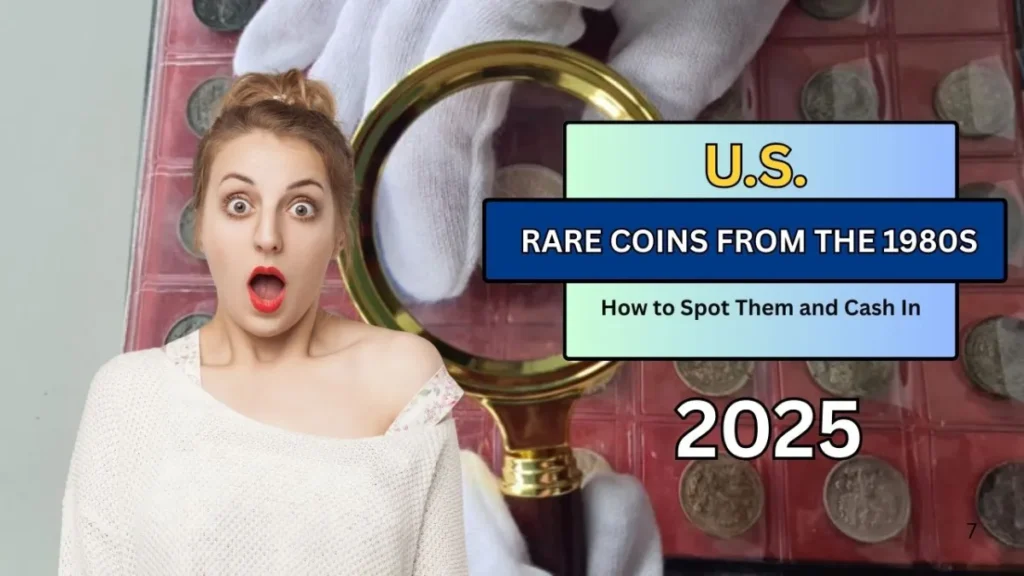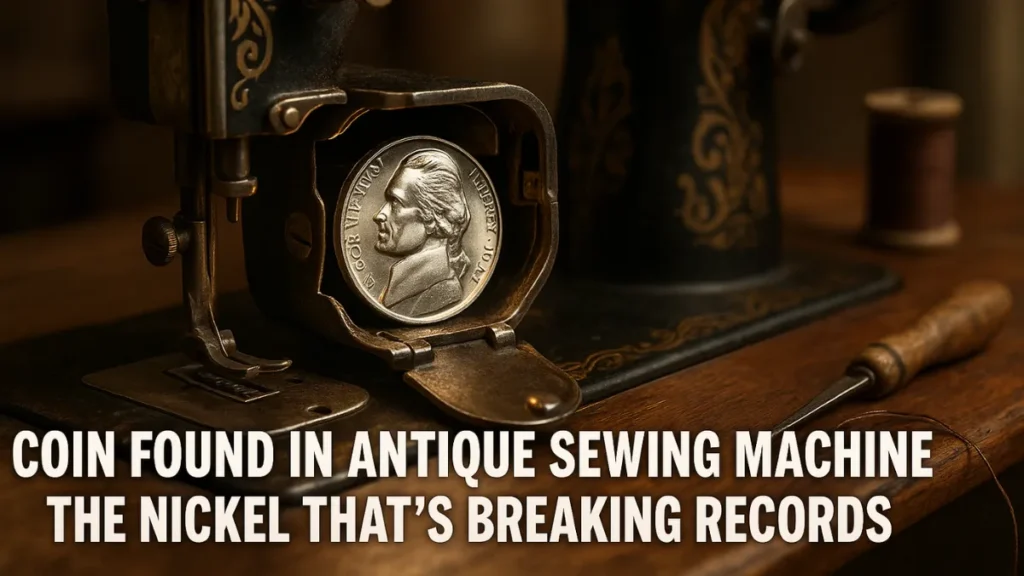Coins are much more than just currency—they are tangible pieces of history. Some rare U.S. coins have achieved legendary status, fetching millions of dollars at auction. These remarkable coins are prized not just for their metal content but for the stories they tell about America’s past.
From the early days of the U.S. Mint to the economic challenges of the Great Depression, each rare coin reflects a pivotal chapter in American history. In this blog, we’ll explore five extraordinary U.S. coins that have sold for or are valued at over $750,000, highlighting their rarity, historical importance, and fascinating backstories.
Rare U.S. Coins That Sold for Over $750,000
If you think pocket change is just spare cash, think again. Some U.S. coins have sold for millions, not because of their face value but due to their rarity, historical significance, and condition. Collectors worldwide compete fiercely for these treasures, transforming them into assets worth far more than many homes.
Here are five incredible rare U.S. coins that have commanded prices exceeding $750,000—some selling for more than 20 times that amount. These coins are not mere currency; they are slices of American history.
1. 1933 Saint-Gaudens Double Eagle — $18.9 Million
This $20 gold coin never officially circulated. Though 445,500 were minted, the U.S. Treasury ordered most to be melted down after abandoning the gold standard during the Great Depression. A handful survived illegally, and after a legal battle, one was declared legal tender, making it the most expensive coin ever sold.
- Why It’s Rare: Nearly all were destroyed. Only a few are legally owned.
- Value Drivers: Extreme rarity, gold content, legal controversy.
2. 1794 Flowing Hair Silver Dollar — $10 Million
Regarded as one of the very first silver dollars minted by the U.S. Mint under the Coinage Act of 1792, this coin’s “Flowing Hair” design embodies liberty and early American independence.
- Why It’s Rare: Among the earliest silver dollars ever struck.
- Value Drivers: Historical significance, limited mintage, exceptional condition.
3. 1787 Brasher Doubloon — $9.36 Million
Privately minted by New York goldsmith Ephraim Brasher before the establishment of the U.S. Mint, this gold coin is among America’s earliest. The most valuable variant features Brasher’s “EB” initials stamped on the eagle’s wing.
- Why It’s Rare: Predates official U.S. coinage and was privately made.
- Value Drivers: Historical value, hand-crafted mint mark, extreme rarity.
4. 1822 Capped Head Left Half Eagle — $8.4 Million
This $5 gold coin is extraordinarily rare—only three examples are known today. Two reside at the Smithsonian Institution, leaving just one available to collectors.
- Why It’s Rare: Only three known specimens.
- Value Drivers: High rarity, limited collector availability.
5. 1804 Draped Bust Silver Dollar (Class I) — $7.68 Million
Though dated 1804, these coins were actually minted in the 1830s as diplomatic gifts. They were never intended for circulation but were part of a special minting project for U.S. ambassadors.
- Why It’s Rare: Fewer than 15 known examples.
- Value Drivers: Nicknamed the “King of American Coins,” its scarcity and mystique boost value.
Why Do These Coins Fetch Millions?
These coins are valuable far beyond their metal content because they capture crucial moments in U.S. history. Their value is driven by several factors:
- Condition and Grade: Coins graded “MS-65” or higher attract premium prices.
- Historical Importance: Tied to major events like the Gold Reserve Act and early U.S. coinage.
- Rarity: The fewer that exist, the more valuable they become.
- Legal Status: For example, the 1933 Double Eagle’s legal saga increased its notoriety and value.
Collecting or Investing? Know the Risks
While coin collecting can be rewarding and profitable, it carries risks. Always authenticate coins through trusted organizations such as:
- The U.S. Mint
- Professional Coin Grading Service (PCGS)
- Numismatic Guaranty Company (NGC)
Keep in mind the IRS may treat rare coin sales as capital gains for tax purposes.
Final Thoughts
Owning one of these coins is like holding a piece of American history in your hands. While most people won’t find a million-dollar coin in their pocket, learning to identify and appreciate these rare treasures can lead to a fulfilling hobby or investment.
Bottom Line
Rare U.S. coins offer much more than face value—they symbolize defining moments like the gold standard shift, the birth of the U.S. Mint, and key diplomatic milestones. Collecting or investing in them can be lucrative but requires careful authentication and an understanding of risks. Whether you’re a seasoned collector or just starting out, these coins provide a unique connection to America’s rich past.
FAQs
What makes rare U.S. coins so valuable?
Rarity, historical significance, condition, and legal status all contribute to a coin’s value.
Can I find rare coins in my pocket change?
It’s unlikely, but knowing what to look for can help you spot valuable coins.
How can I authenticate rare coins?
Authenticate rare coins through trusted organizations like the U.S. Mint, PCGS, and NGC.
Are rare coins considered a good investment?
Yes, they can be highly profitable, but like any investment, they come with risks and require proper research.


